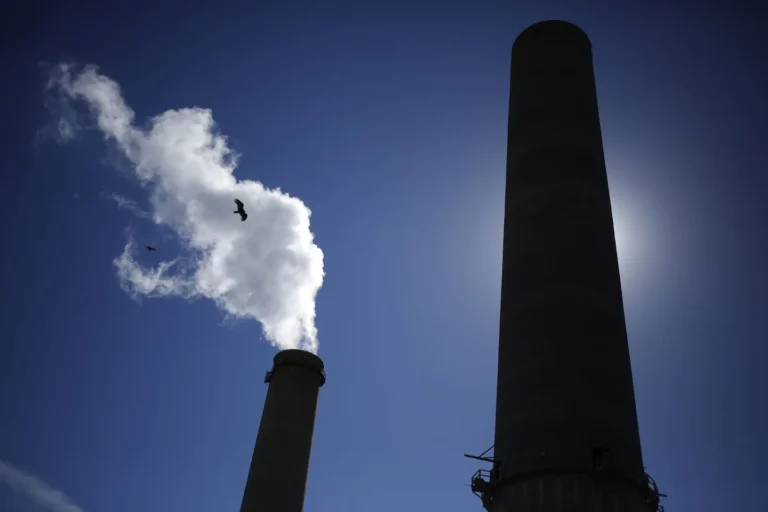1. What is a carbon offset?
The idea is that when a company, government or individual is responsible for emitting carbon dioxide, the same amount of the greenhouse gas will be removed from the atmosphere by other means to compensate. The general term “offset” was popularized long before climate change took center stage. While offsets have historically centered on the planting or protection of trees, which absorb carbon dioxide, the term has since been applied to a variety of environmentally sustainable efforts globally.
2. What kind of offsets are there?
Most of the discussion of offsets revolves around voluntary ones purchased by companies, organizations or individuals trying to meet self-imposed goals. These transactions typically involve developers who propose projects, registries that validate whether the carbon savings are real and brokers who match offsets with buyers.
3. How big is the voluntary market?
About $1 billion in 2021, according to Ecosystem Marketplace. It’s not administered by any specific government or organization, and there’s considerable debate about how it has evolved. BloombergNEF analysts estimate that 1,900 carbon offset projects issued credits from 2015 to 2020 with the four major registries. Projects issued over 344 million carbon offsets in 2021, up from 185 million in 2020.
4. What kinds of projects are involved?
The vast majority of offsets available are in the category called “avoided emissions.” These are projects that either protect forests, provide people with fossil fuel alternatives, or avert emissions from waste. If done right, they can reduce greenhouse gases added to the atmosphere while providing other benefits to local communities and promoting biodiversity. Beyond planting or protecting trees, offsets can also be generated for avoiding the release of other greenhouse gases like methane or nitrous oxide. Typically, more expensive offsets involve removing existing carbon dioxide in the atmosphere and storing it away. That may involve projects like growing a forest or installing sophisticated machines that vacuum carbon dioxide out of the air. Just 4% of offsets actually remove CO₂ from the atmosphere, according to data from the Taskforce on Scaling Voluntary Carbon Markets, which Bloomberg Philanthropies helped fund.
5. Are offsets effective?
Assuming the certification process is watertight (a big “if”). The effectiveness of an offset project comes down to the concept of “additionality.” This measures how much extra good a project achieves compared with what would have occurred in the absence of carbon payments. Projects that flare methane leaking from coal mines or destroy industrial climate-warming. Gases can more easily show they’re additional (providing that local laws don’t require these actions).
Others, such as new solar farms or preserving well-stocked forests, will often have lower additionality because there’s a good chance these climate-friendly actions would have occurred without money from the offsets market.
A growing number of scientists are raising doubts about the effectiveness of offsets. Weak rules have created incentives for landowners to develop offset projects. That don’t actually change the way forests are managed, and therefore do little to help the climate. That’s according to Jim Hourdequin, one of the biggest sellers of carbon offsets. Brisk sales of meaningless offsets are leading to claims of climate progress that isn’t actually happening.
6. How will the debate play out?
Given the credibility issues surrounding avoided-emissions offsets, a few companies are moving to buy expensive carbon-removal offsets instead. In 2022, companies including Alphabet Inc., Meta Platforms Inc. and Stripe Inc. banded together to launch.
A nearly $1 billion fund committed to buying carbon-removal offsets from new startups. The hope is that the money will help develop the industry; the largest machine capturing CO₂ from the air today has a capacity of only about 4,000 tons annually.

